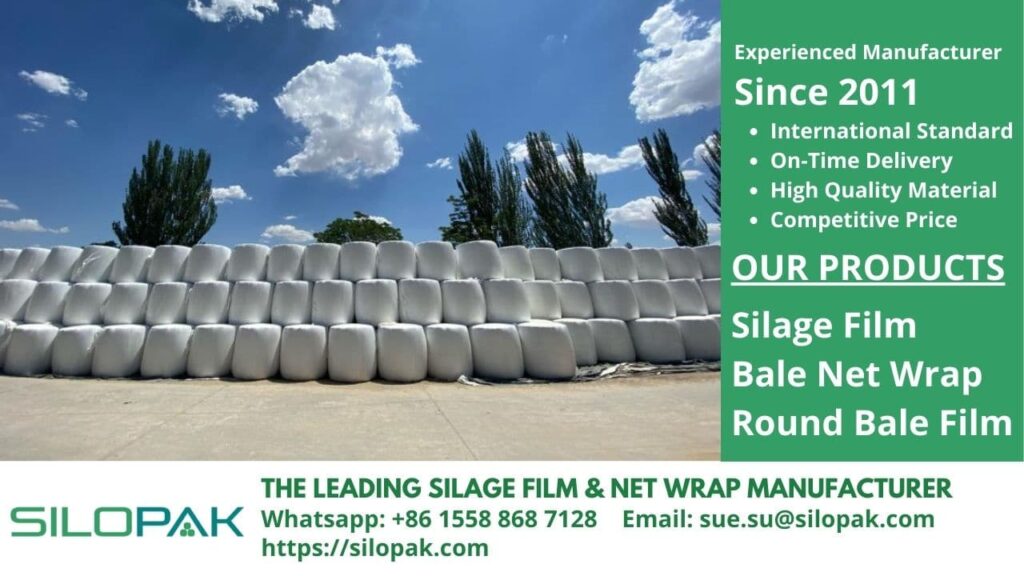
Farmers expect forages that are easy to preserve but contain high-quality energy and fiber. You can get it from corn silage which is also proven to be the most economical forage with all the beneficial materials it has. You can maximize the quality of this corn forage by paying attention to the level of maturity, chop length, cutting height, proper kernel processing, and precise dry matter content.
Dry Matter Content
There are a few tiny rules that you must follow so that the use of dry matter (DM) in corn silage can be harvested optimally. Preferably corn is harvested between 32% to 38% DM. If this exceeds the 32% level, then the farmer will benefit from using a kernel processor at harvest time.
Anyway, some farmers in countries with certain climates often harvest during frost until the DM is below 30%. This is a condition where they find it difficult to work with hunters due to the impossible location of the field.
If you harvest corn at a DM content lower than 32%, then some specific problems can arise, including:
- Corn silage loses a lot of energy. This is also known as reduced silage, or only less silage is available and more nutrients are lost. What you get then are just ash and fibers that are less useful for livestock.
- Silage will only produce waste, and it will be a waste too when you store it for months.
- This plant has not reached its maximum starch deposition.
- It is estimated that there will be a fairly high protein degradation.
- Corn silage will be contaminated with butyrate bacteria in the soil. This contamination can occur when you take soil with forage at harvest. Animals that consume this silage will produce milk that is contaminated by butyrate bacteria. If this milk is produced in the form of cheese, the butyrate bacteria can cause high gas production. The biggest impact then is the occurrence of the cheese wheel exploding. Butyrate bacteria in your corn silage cause the silage to become unstable, secondary fermentation occurs, the pH increases, the level of water-soluble carbohydrates becomes low, the buffer capacity is high, and the silage heats up.
- Heating silage can cause your corn silage to rot and become unusable. You can also lose forage nutrients such as energy, protein, and digestibility. The characteristics of silage that have excessive heat include mold growth, occurring decay, an increase in temperature, stuffiness on the surface of the silage, the color changing from dark brown to black, and smells like caramel or tobacco.
Make Corn Silage with High Durability
With all the benefits that exist in corn silage, you certainly want to make your own, right? You don’t need to buy it again from other farmers. You can pack corn silage yourself by paying attention to the following details.
- Optimal fermentation comes from a denser thin layer to reduce porosity and allow greater air exhaust. You can make 6-inch layers when packing corn silage. This is favored by beneficial bacteria because they need an oxygen-free environment so that the fermentation can run optimally.
- Make sure you use an inoculant that can help ferment quickly and efficiently. For areas that frequently experience silage heating, you should use an inoculant with L. Buchneri bacteria. These bacteria can increase aerobic stability so that the shelf life of your corn silage can be extended. Your silage will be kept cold until it enters the feed ration. You can also save this silage feed intake during tough summer conditions.
- Always remember to use dry matters with a level of 32% to at least 38%. If it is less than that level, then your plant will contain too much water, and nutrients can decrease drastically. Start by cutting your dry matters by about 33%, then work your way up to the final 38%.
- Don’t forget to know that oxygen is the worst enemy of all the forages you preserve. You have to completely remove oxygen from the pack after pack of your corn silage. Silage density is the first order that you must pay close attention to. You make at least a packing density of 15 pounds of dry matter per cubic foot. If you’re using fresh matters, that is 46 pounds per cubic foot.
- You can use two tractors going in two different directions when packing.
- Try not to make the pile too steep to keep packing workers safe while passing side-by-side silage with the packing tractor.
- You need silage films as an oxygen barrier below and above. Your forage corn silage can even reach 3 feet of building structure without having to cut the damaged material from above.
You can buy the best silage films from Silopak. We provide all the tight and durable silage film you need to pack any kind of silage. Do call us now, and then we can ship your order around the world.
